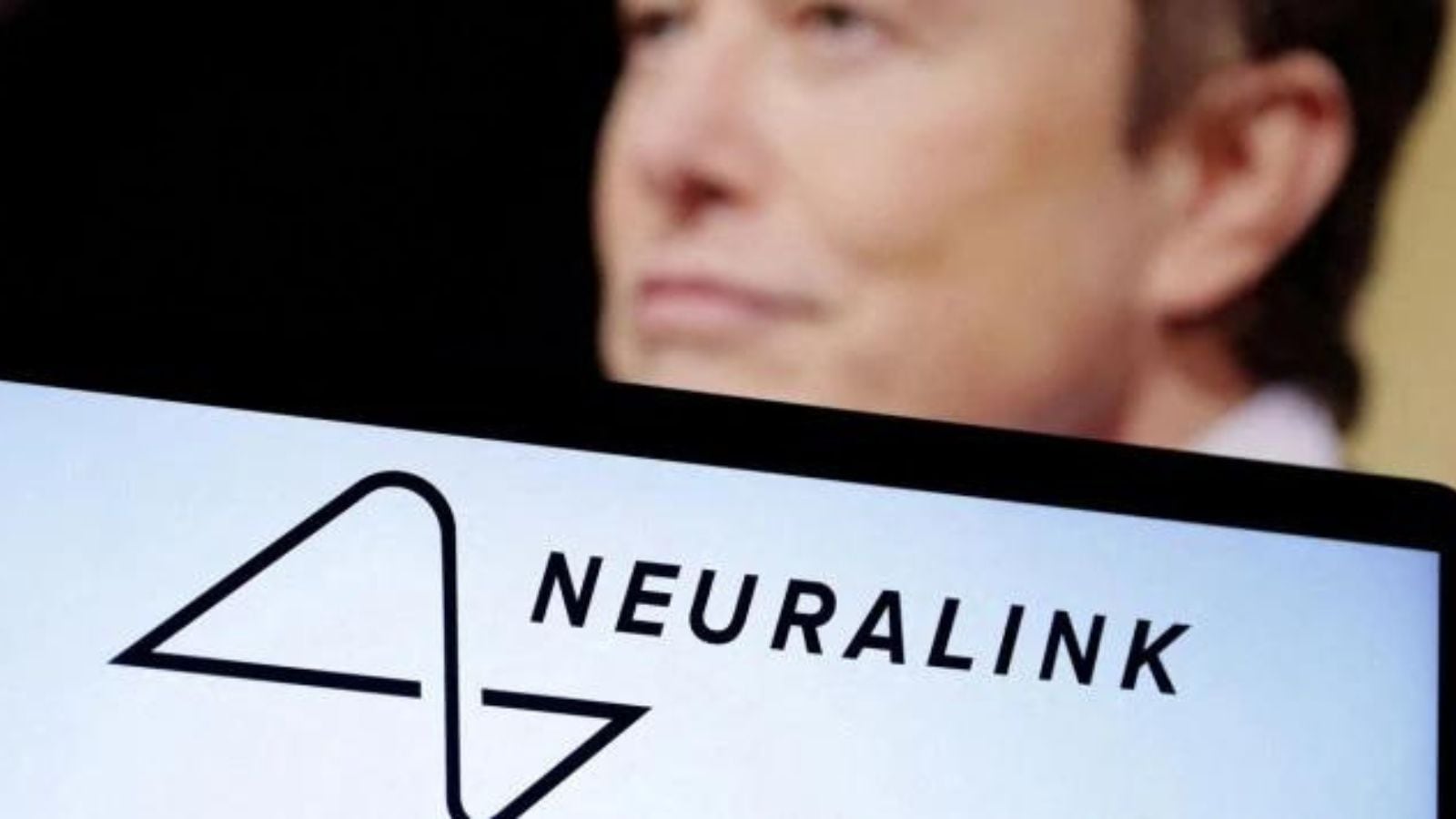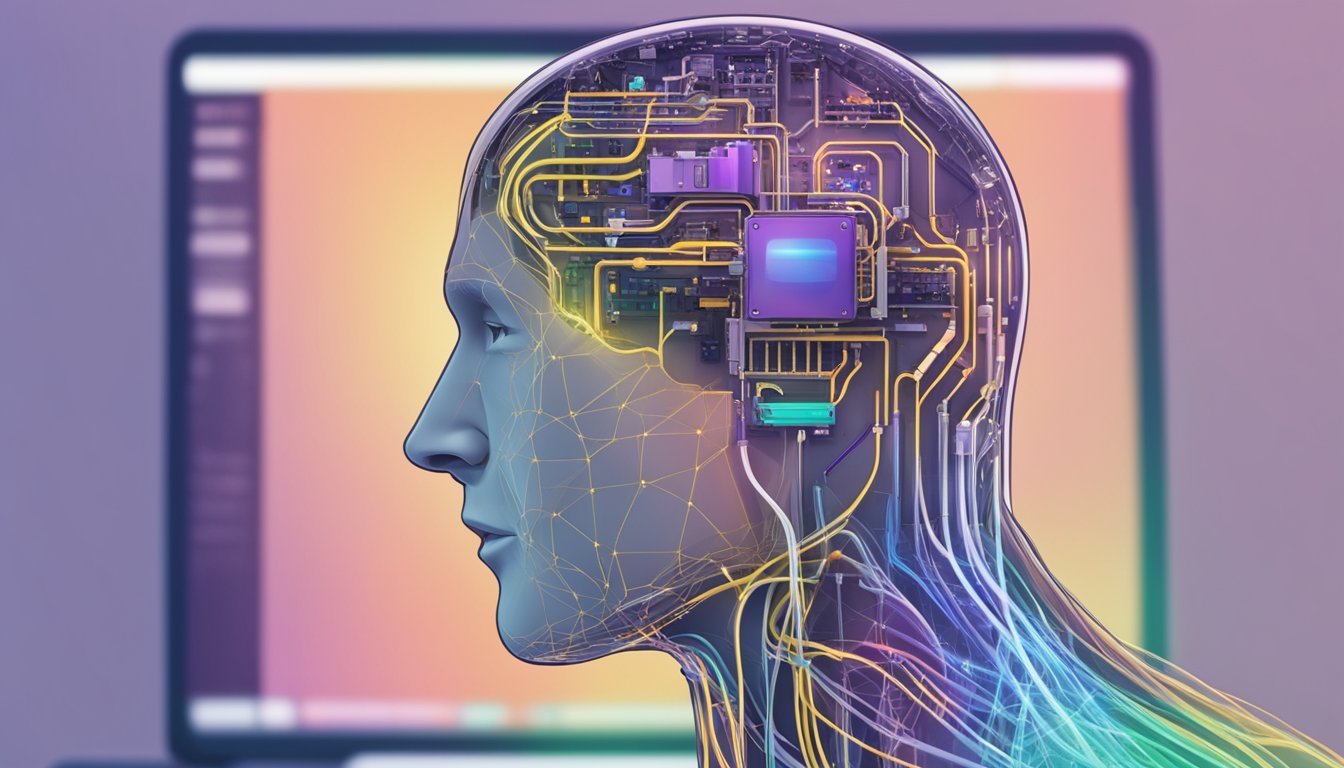Neuralink Corp., the neurotechnology company co-founded by Elon Musk, has just made a major breakthrough by successfully implanting its experimental brain-computer interface (BCI) device into a third human patient. This marks a significant step in the company’s ambitious journey to revolutionize how we interact with machines. Musk shared the news today, announcing plans for up to 30 more implants in 2025 as part of their effort to refine the technology and expand testing.
The implant is designed to help people with neurological conditions, enabling them to communicate and control devices with their minds. It’s a key part of Neuralink’s larger goal to change how humans connect with technology. Musk highlighted that the third successful implantation is a crucial moment in showing how the device could help those suffering from conditions like paralysis, brain injuries, and neurodegenerative diseases.

“This is a critical step toward making Neuralink’s brain-machine interface a viable solution for those suffering from debilitating neurological conditions,” Musk said. “Our ultimate vision is not just to help people with injury or disease, but also to explore new ways to enhance human cognition.”
A Big Leap in Neurotechnology
The device works by being implanted through a minimally invasive procedure, using ultra-thin, flexible electrodes to create a direct link between the brain and a computer. This could allow people to control external devices—like robotic arms, computer cursors, or even prosthetics—simply by thinking about it.
While previous trials have focused on animals like pigs and monkeys, this marks the first time the technology has been used in humans. The first human implant happened in late 2022, and since then, Neuralink has fine-tuned the procedure, improving both its safety and precision.
Neuralink isn’t just focused on therapeutic uses, though. Musk has often talked about a future where brain-machine interfaces could enhance human intelligence, allowing us to interact with artificial intelligence in ways that are hard to imagine right now. That said, experts caution that we’re still in the early stages, and it will take time—and regulatory approval—before this technology becomes widely available.
Facing Challenges
Despite the excitement surrounding Neuralink’s progress, there are plenty of challenges ahead. Beyond the obvious concerns about safety and ethics, the company has to deal with regulatory approval. Neuralink is working closely with the U.S. Food and Drug Administration (FDA) to ensure the devices meet strict standards for human use.
In 2021, the FDA gave Neuralink a “Breakthrough Device” designation, which speeds up the approval process for technologies that could address serious medical needs. But even with this, the path to widespread use will take time. The devices need to be carefully monitored to understand their long-term effects on patients before they can be rolled out more broadly.

While experts have praised Neuralink for its innovation, many have raised important questions. What about privacy concerns? Could the technology be misused? And how might this affect society at large?
What’s Next for Neuralink?
Looking ahead, Neuralink plans to conduct 20 to 30 more human implants in 2025. Musk’s vision of enhancing human intelligence through BCIs has sparked a lot of interest, but also some skepticism, within the scientific community.
“We’re just getting started,” Musk said in a recent interview. “The possibilities are limitless, and our mission is to bring this technology to those who need it most, while also exploring the incredible potential it holds for human advancement.”
For now, the focus is still on perfecting the technology for medical applications, with the hope that one day it could help people with paralysis regain control of their bodies or even treat diseases like Alzheimer’s and stroke-related brain injuries.
Neuralink’s recent progress has shown just how quickly neurotechnology is advancing. But whether the company will be able to meet its ambitious promises is still uncertain. With more implants set for 2025, all eyes will be on Neuralink as it continues its journey into this uncharted territory.
At this stage, Neuralink’s progress is a hopeful glimpse into a future where the connection between the human brain and technology could be forever transformed.













